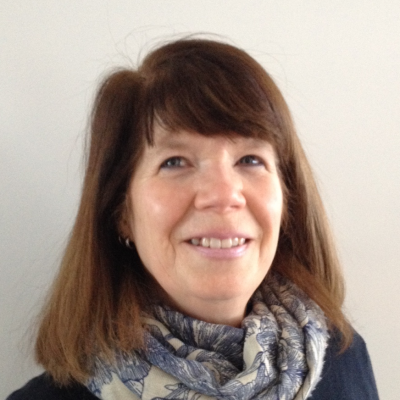Radon
Radon is a radioactive gas that is found naturally in rocks, soil and water. Radon is formed by the natural breakdown of uranium in soil and rocks. Radon gas moves through the ground and can enter a home through cracks in floors, walls and the foundation. Radon levels will vary from one house to another, even if the houses are similar in design and are next door to each other.
When radon gets trapped inside your home, especially in basements and crawl spaces that don’t have adequate airflow, it can accumulate to levels that may become a health hazard. All homes have some level of radon, so health professionals and Health Canada recommend that all homes be tested for radon.
Radon is the leading cause of lung cancer among non-smokers and the second leading cause of lung cancer after smoking. As radon breaks down it forms radioactive particles that can become lodged into your lung tissue, ultimately damaging your lung cells. Radon exposure does not cause symptoms, so you may not realize you are being exposed. Radon exposure is a serious health risk, and it is recommended that you test your home to protect yourself and your family.
The only way to know if your home has radon is to test for it. The easiest and least expensive way is to purchase a do-it-yourself long term test kit. Health Canada recommends that homes be tested for a minimum of 91 days, ideally sometime between October and April. If your results show radon concentrations above 200 Bq/m3, there are simple things that can be done to reduce radon levels in your home until radon remediation can occur including increasing ventilation in the basement and sealing any cracks in the foundation.
How can Intrinsik help?
Intrinsik scientists are currently working with First Nation communities to investigate levels of radon in homes. We are also currently involved in producing a booklet to enhance radon awareness amongst First Nation communities in Alberta.
Intrinsik can help communities develop a radon strategy to help reduce the risk of exposure to community members.
Where can I get additional information?
Call Claire McAuley, M.Eng.,M.Sc.,P.Eng, Senior Scientist at 780-918-0710 or email Claire at
Resources

